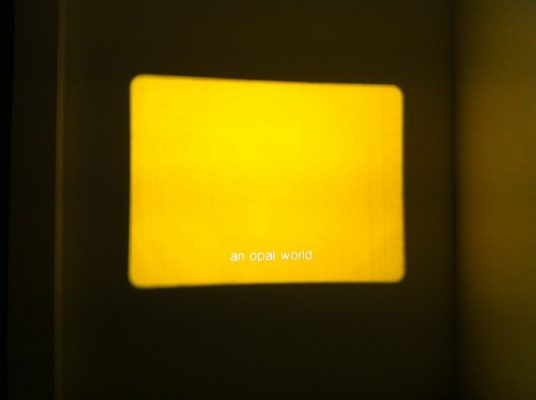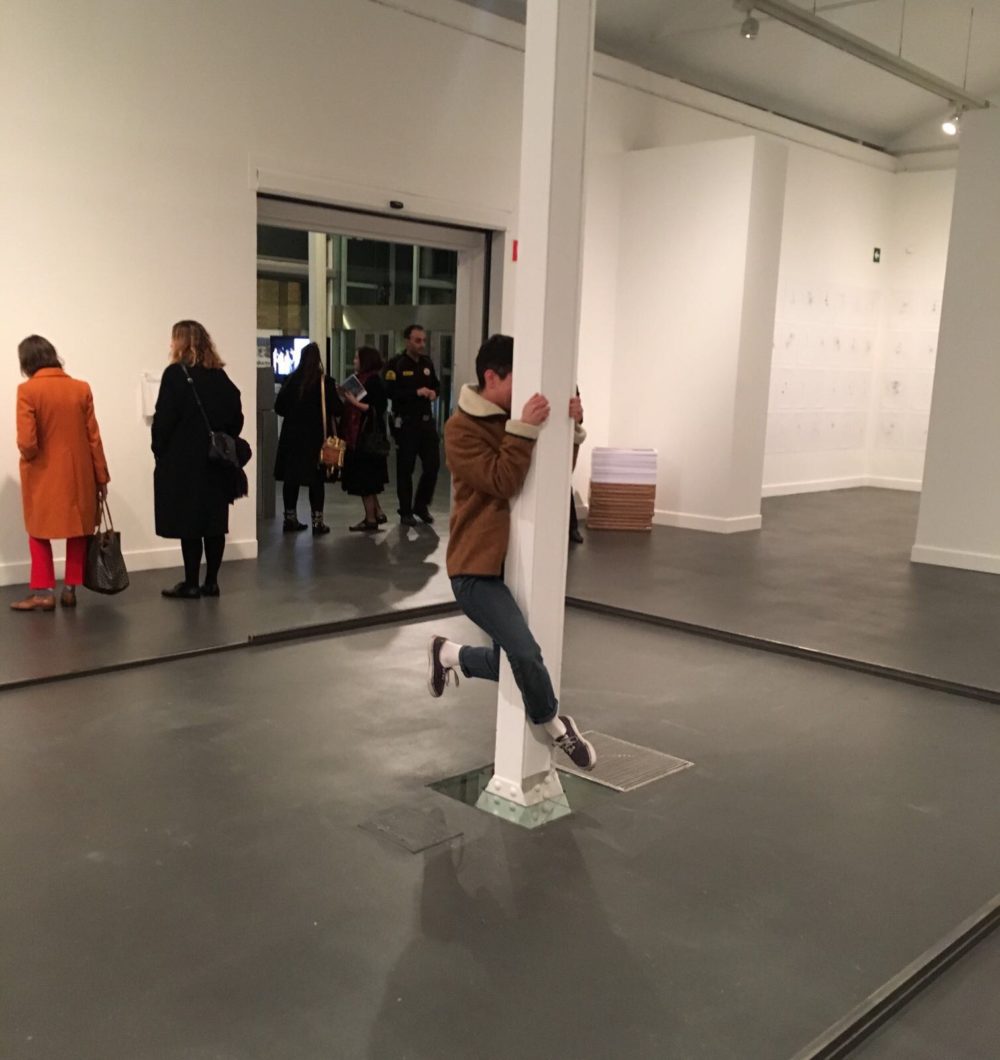Search
To search for an exact match, type the word or phrase you want in quotation marks.
A*DESK has been offering since 2002 contents about criticism and contemporary art. A*DESK has become consolidated thanks to all those who have believed in the project, all those who have followed us, debating, participating and collaborating. Many people have collaborated with A*DESK, and continue to do so. Their efforts, knowledge and belief in the project are what make it grow internationally. At A*DESK we have also generated work for over one hundred professionals in culture, from small collaborations with reviews and classes, to more prolonged and intense collaborations.
At A*DESK we believe in the need for free and universal access to culture and knowledge. We want to carry on being independent, remaining open to more ideas and opinions. If you believe in A*DESK, we need your backing to be able to continue. You can now participate in the project by supporting it. You can choose how much you want to contribute to the project.
You can decide how much you want to bring to the project.

One of the properties of art is the spoken word. As a space of enunciation, art is – in the best of cases – the depositary of a polyglot ventriloquism. It is also the cause and effect of a heterogeneous conversation, with a desire for debate but not so eager for discord as it pretends. In broad and imprecise sweeps. Or what happens is more that discussions tend to unite into a fragmented homogeneity, despite their multiple authorship and multiple potential interlocutors. Interlocutors that don’t participate under equal conditions within a hierarchical space of discussion. What is more, the speech that art practices leads to a discourse marked by the anonymity of an audience that attends without any obligation to pay attention and without the responsibility – or real right – to a response, a reasoning or immediate comments. The observation of and listening to art denies, by its very deferred condition, the activation of a discussion in the form we usually understand it. In contrast it can offer new ways of understanding the very concept of discussion, while impelling us to search for other interlocutors, this time ones who are present, to prolong in other capacities a debate in which many voices are lost in the transitory nature of the oral.
Every exhibition gathers together a possible debate in which different voices offer different nuances about a common argument (and not always from contrary points of view). An Opal World (Kunstraum, Londres) brings together four monologues that talk, literally, to a spectator, who has to play her part to complete a halfway scene. And it’s not so much a case of the misleading topic of the open work of art so much as a conscious practice of present absence. More than a subject in common, it’s a shared attitude. And perhaps a similar intention. A Yellow Film, by Rossella Biscotti, is a 16mm monochrome film, where the insistence of the permanent, yellow image is accompanied by an audio that brings together the recordings of various sessions of psychoanalysis under the effects of Pentotal. The individual voice of the patient, beyond the anecdotes and personal fears, arouses the universal character of the individual experience, especially when linked to essential historic moments such as the Second World War.
Adriano, by Alberto de Michele, functions as a projection, where the image –this time a black background – also cedes more prominence to the story through the subtitles that accompany the audio. The personal, subjective and first person story of a bank robber, voluntarily exiled in the house of the artist for several months, points consciously to a transcendental and philosophical reflection where there is no room for the remorse or guilt that all sanctimonious moralism might expect. Priscila Fernandes in In the Search of the Self experiments with the absence of voice in a video, which consciously suppressing the oral, places in evidence how structures are unintelligible without a narrative construct that directs the concepts in a logical sense. That all discourse needs a system of legitimation, based as much on the convincing setting of the scene as on the dialectical argumentation of its contents.
With a video, heir to the ever so fashionable, in the art world, “Youtube aesthetic” that – as an exception to the norm – doesn’t play with formal absence, Jans Peter Hammer presents us in The Fable of The Bees to an energetic, professional youth who serves as a channel for the current propagation of the anachronistic (?) erudite theories of Bernand Mandeville. According to Mandeville, it has been the better people who have made the world a worse place – graveyards being full of good propositions – while private vices lead to an increase in public benefits. Such arguments would later be taken into consideration thanks to Adam Smith, who knew how strategically to lower the Machiavellian tone and inject the necessary patina of the scientific for its general acceptance. In an act of unconscious ventriloquism, the figure in this video repeats out loud the story with the same stupidity that others repeat with their actions.
In their condition of space of simultaneous articulation, An Opal World is an exhibition that exchanges the precision of a defining statement for the indeterminate poetry of a title that alludes to the responsibility of a specific sense. Being benevolent, it could function as another example of a syncretic world in which many voices speak at the same time. The problem as ever, is the reciprocal deafness of some to others.

artwriter_curator_esnorquelmaker_chocolateresearcher_technodancer__bikeenthusiast_coffeeaddicted_
"A desk is a dangerous place from which to watch the world" (John Le Carré)